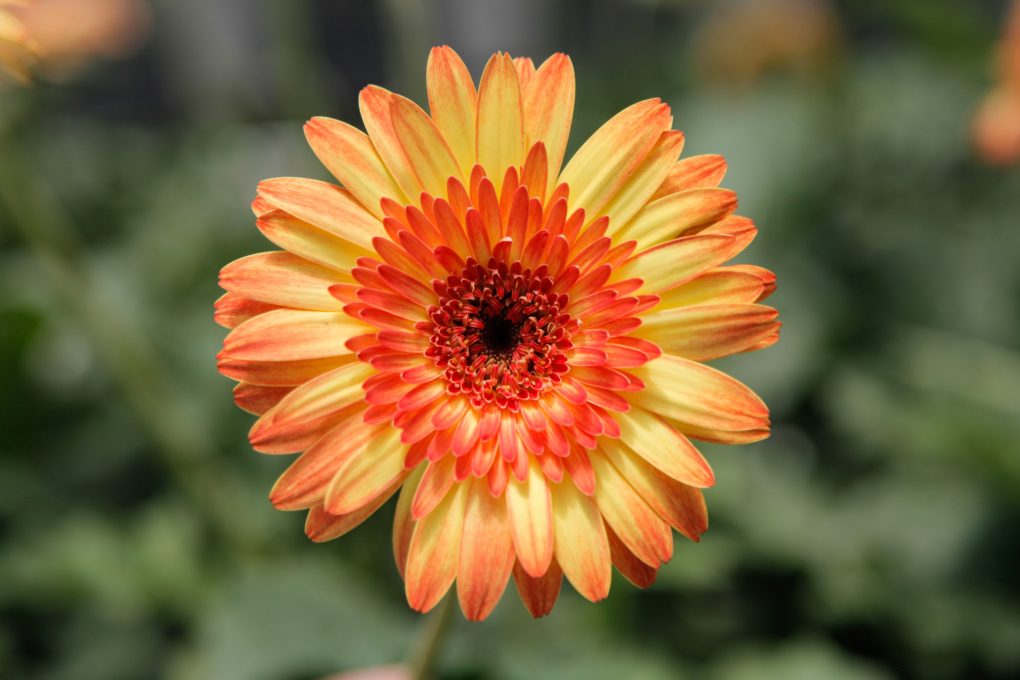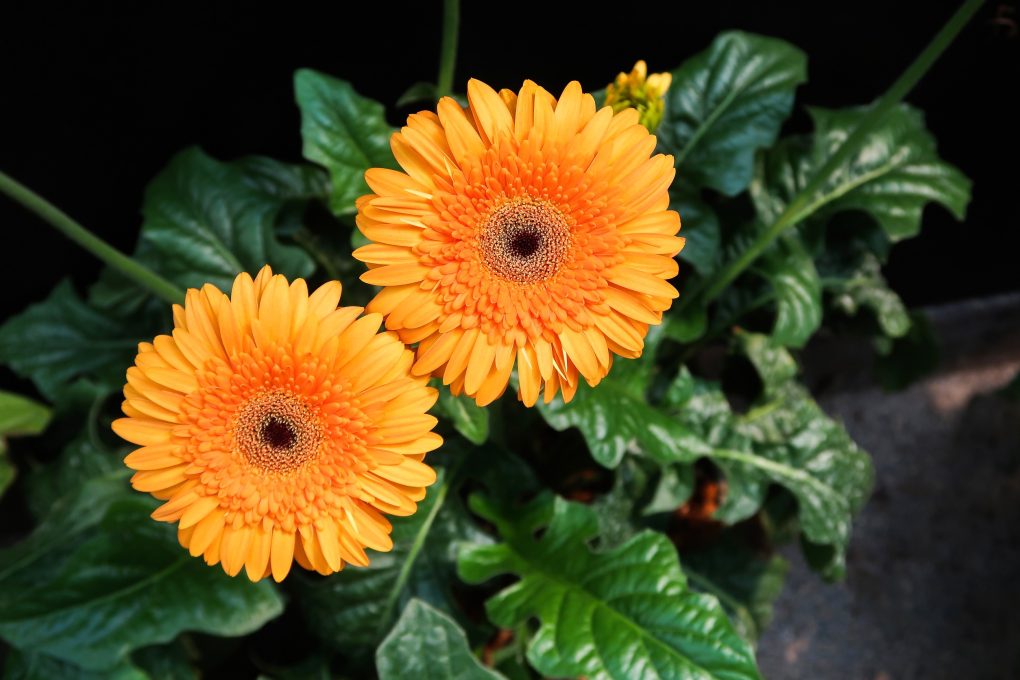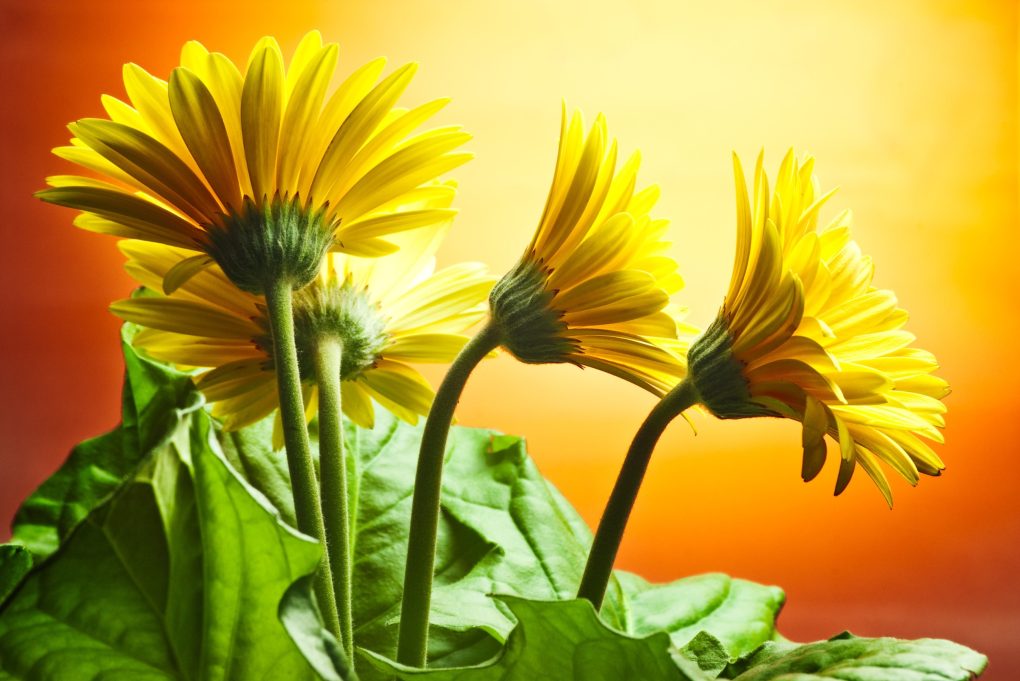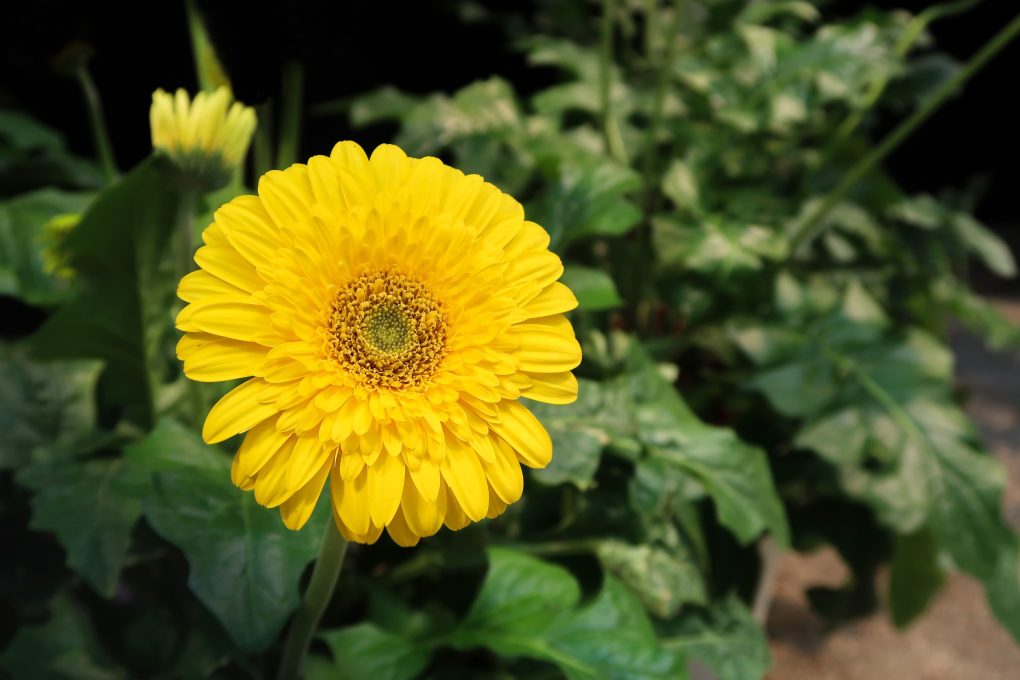Do Gerbera Daisies Rebloom? A Comprehensive Guide
Gerbera Daisies do rebloom. Gerbera Daisies (Gerbera jamesonii) are popular perennial flowering plants known for their vibrant and colorful blooms. They can rebloom throughout their growing season, typically spring to autumn.

To encourage Gerbera Daisies to rebloom, it is crucial to provide them with proper care, including regular watering, well-draining soil, and adequate sunlight. Pinching off wilted or spent blooms and feeding them with a liquid fertilizer every four to six weeks can promote continuous flowering. Happy and healthy Gerbera Daisies will reward you with multiple blooms seasonally.
Table of Contents
Tips for Encouraging Gerbera Daisies to Re-bloom

Gerbera daisies are beautiful and vibrant flowers that can bring color to any garden. If you want to keep your Gerbera daisies blooming and thriving, here are some tips to help encourage re-blooming.
Provide Adequate Sunlight
Gerbera daisies thrive in bright sunlight, so it’s important to ensure they receive at least six hours of direct sunlight daily. Find a sunny spot in your garden or consider placing them near a south-facing window if you’re growing them indoors.
Water Properly
To keep Gerbera daisies healthy and blooming, it is important to water them properly. Wait until the top inch of soil feels dry before watering, and avoid overwatering to prevent root rot. The goal is to keep the soil consistently moist but not saturated.
Fertilize Regularly
Gerbera daisies benefit from regular fertilization to promote healthy growth and re-blooming. Use a balanced, water-soluble fertilizer with equal nitrogen, phosphorus, and potassium (NPK) ratios. Follow the instructions on the fertilizer package for the correct application amount and frequency.
Deadhead Spent Flowers
To encourage Gerbera daisies to produce more blooms, it’s important to deadhead spent flowers regularly. Snip off the faded blooms at the base of the stem, using clean and sharp pruning shears or scissors. This will redirect the plant’s energy toward producing new flowers.
Provide Adequate Air Circulation
Good air circulation prevents diseases and promotes healthy growth in Gerbera daisies. Avoid overcrowding the plants and ensure they have enough space between them to allow for proper airflow. This can help prevent issues such as powdery mildew.
Protect from Extreme Temperatures

Gerbera daisies prefer moderate temperatures, so protecting them from extremes is important. In hot climates, shade the plants during the hottest part of the day to prevent them from wilting. Consider bringing potted Gerbera daisies indoors during the winter or providing frost protection in colder regions.
Common Problems with Gerbera Daisies
Gerbera daisies are beautiful and vibrant flowers that add color and life to any garden or indoor space. However, like any plant, they can experience problems that hinder their growth and prevent them from reblooming. Here are common problems that gardeners may encounter when growing gerbera daisies:
Pests and Diseases
Gerbera daisies are susceptible to various pests and diseases that can damage their leaves and flowers. Some common pests that can affect gerbera daisies include aphids, spider mites, and thrips. These pests can damage leaves and flowers, and in severe cases, can even kill the plant.
In addition to pests, powdery mildew, botrytis, and leaf spot can also affect gerbera daisies. These diseases can cause discoloration and damage to the leaves and flowers, and can also lead to wilting and death of the plant.
To prevent these problems, keeping a close eye on your gerbera daisies and taking action at the first sign of trouble is important. This may include using insecticidal soap or other treatments to control pests and removing infected leaves or flowers to prevent the spread of disease.
Environmental Factors

Gerbera daisies are also sensitive to environmental factors affecting their growth and reblooming. One common problem is overwatering, leading to root rot and other issues. It is important to water gerbera daisies only when the soil is dry to the touch, and to avoid getting water on the leaves or flowers.
Another environmental factor that can affect gerbera daisies is temperature. These plants prefer temperatures between 60 and 75 degrees Fahrenheit, and may not rebloom if exposed to extreme heat or cold. Therefore, keeping your gerbera daisies in a location with consistent temperatures and good air circulation is important.
Gerbera daisies need plenty of sunlight to thrive and rebloom. They may not produce new flowers if they are not getting enough light. Make sure your gerbera daisies are getting at least six hours of direct sunlight each day, and consider using grow lights if they are in an indoor location with limited natural light.
Conclusion
Gerbera daisies are beautiful, vibrant flowers that brighten any garden or indoor space. While they may not bloom continuously, they can rebloom with proper care and attention.
Planting gerbera daisies by themselves and watering them properly can help encourage reblooming. Deadheading regularly and providing enough sunlight and fertilizer can also help promote multiple blooms in a season.
